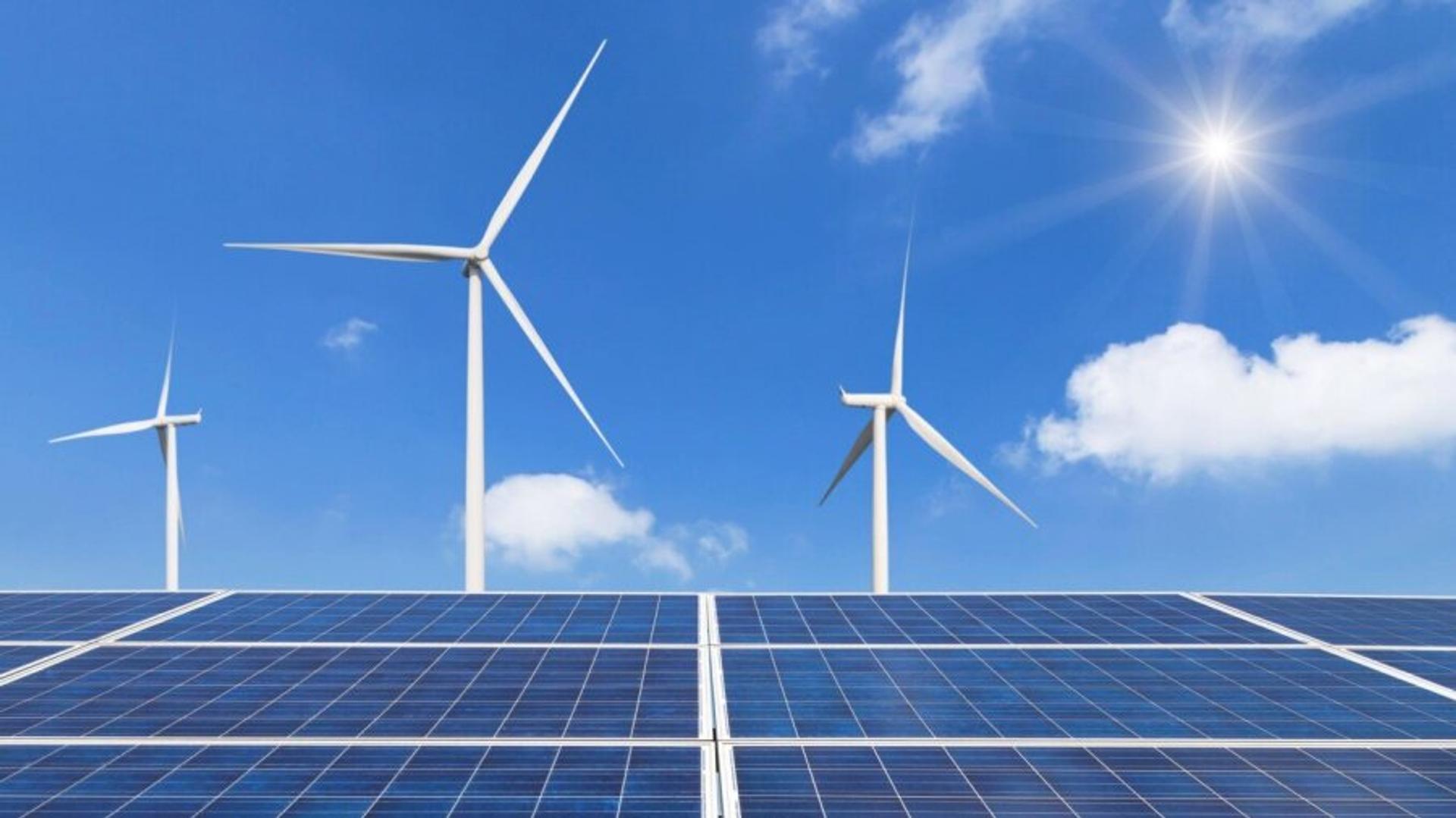Wind turbine vs solar panels: comparing cost and efficiency

Wind energy and solar energy comparison
Wind turbines convert the kinetic energy of moving air into electricity through spinning blades, while solar panels harvest sunlight with solar cells to generate direct current electricity.
Wind farms require tall towers and moving components, whereas solar installations are typically simpler and mounted on rooftops or open land.
Wind energy can function both day and night while solar depends on daylight. Thus, each system offers unique advantages depending on environmental and infrastructural factors.
Wind energy vs solar energy cost
Research shows that utility-scale solar costs approximately USD 30–39/MWh, while onshore wind averages USD 24–75/MWh, and offshore wind between USD 67–146/MWh.
Wind energy can be more cost-effective in areas with consistent airflow, but solar remains more accessible in residential or less windy settings.
Installation and maintenance cost differences
According to SolarTech, domestic solar systems generally cost USD 20 000–30 000 upfront and require modest annual maintenance of USD 150–300. By contrast, small wind turbines start at USD 15 000 and can exceed USD 75 000, with yearly maintenance fees of USD 1 000–3 000 due to gearboxes, switches and blade upkeep.
Over a 25-year lifetime, solar typically retains efficiency longer and incurs lower service costs, while wind may require component replacements and greater operational investment.
Is wind power more efficient than solar?
Regarding efficiency, wind turbines generally operate between 35–45 per cent, whereas solar panels convert around 20–24 per cent of incident sunlight into electricity. Wind power achieves higher efficiency in optimal conditions, translating to more energy per unit capacity, while solar depends on sunlight availability
Pros and cons in various locations
The choice between wind turbines and solar panels depends heavily on geography. Wind systems thrive in rural or offshore environments with steady airflow, but they can be limited in urban or mountainous terrain. They also face visual, noise and wildlife scrutiny.
Solar panels perform well in urban, rural or remote settings with limited wind, though they falter during nighttime or prolonged cloudy weather. They cannot generate energy in the dark, making storage essential for consistent supply.
Pros and cons in Norway
In Norway, solar generation is constrained by winter darkness, despite long summer daylight hours. Wind turbines – especially offshore or elevated onshore – can yield better returns with strong, persistent airflow. However, obstacles include visual impact and regulatory permissions. Although both technologies contribute regionally, wind energy often delivers a more reliable return in Norway’s diverse climate.
Wind turbine and solar panel synergy
Combining resources enhances reliability. A wind turbine and solar panel combination takes advantage of their complementary patterns: wind often peaks at night or in cooler seasons, while solar dominates during daytime. This pairing smooths output, reducing reliance on energy storage and stabilising grid support.
Many energy planners now incorporate both systems to manage variability and bolster overall efficiency. When coupled with battery storage systems, hybrid solar and wind energy can reduce voltage fluctuations and diminish dependency on fossil fuel backups.
Which is better solar or wind energy?
This decision depends on local conditions. In consistently windy regions, wind turbines may outperform solar in energy yield and cost recovery. Conversely, on buildings or in low-wind areas, solar panels are often the more affordable and practical solution.
Costs for solar and wind continue to fall globally. Bloomberg reports that both technologies have undercut new coal and gas on production costs in most markets. A hybrid, location-specific approach offers the best path forward for sustainable energy solutions.
